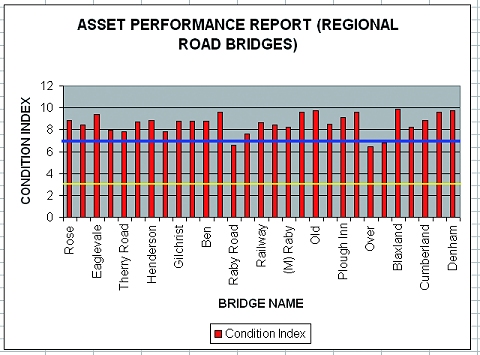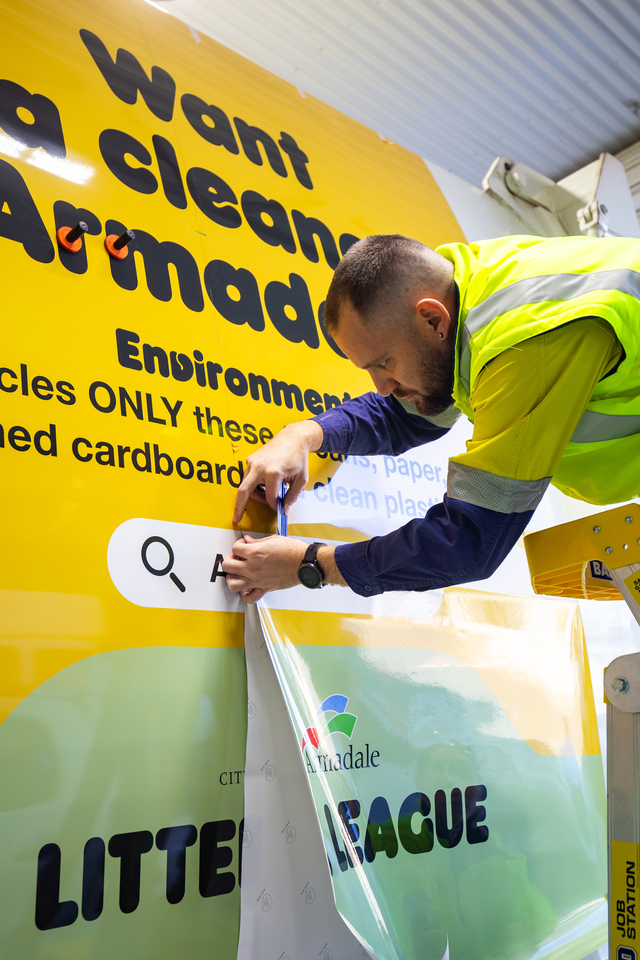It is important that all Councils have a clear knowledge of the condition of their assets and how they are performing. All management decisions regarding maintenance, rehabilitation and renewal revolve around these two aspects.
Not knowing the current condition or performance level of an asset may lead to premature failure of the asset, which leaves only one option – replacing it. This is generally the most expensive option.
Campbelltown City Council in New South Wales has developed a comprehensive method to calculate risk scores for each individual asset. The score can be used to determine and monitor intervention levels, prioritise asset maintenance, minimise deterioration and optimise service levels, within the constraint of available funding.
This project recently took out the Occupational Health and Safety Award at the Institute of Public Works Engineering Australia, NSW Division, Excellence Awards.
Council’s Coordinator Assets Services, Mahbub Hossain, said Campbelltown is responsible for the management of assets stock with a replacement cost of approximately $950 million.
“We have approximately 185,000 assets in our Asset Management System, including 700 kilometres of roads, 145 bridges and culverts, 224 buildings, 340 parks, 175 playground equipments, 350 kilometres of footpaths and 21,000 stormwater pits,” he said. “The challenge for Council is to ensure that all of these assets remain fit for their intended purpose over long periods of time, at a minimum lifecycle cost.”
Mahbub Hossain said Council’s Asset Management System automatically generates a risk score for every component of all assets.
“Council conducts regular condition and performance monitoring exercises that allow it to understand the remaining life of its assets better,” he said. “How often assets are reviewed depends on their position within an asset hierarchy, which is based on functionality management criteria. For example, in relation to footpaths, those in the CBDs of major townships are ranked highest, with low usage residential footpaths ranked lowest.”
Data from the reviews is inputted into Council’s Asset Management System, which generates a risk score by looking at the probability and consequences of failure. The results of this risk score then determine the priority of maintenance requirements.
“By acting proactively using the risk score generated by the Asset Management System, Council staff have minimised deterioration and optimised the service levels of all assets within the constraint of available funding,” Mahbub Hossain said.
The risk rating methodology has now been extended to calculate an overall condition index for every asset. It is based on a scale of zero to ten, with ten representing an asset in excellent/new condition and zero representing an asset in a failed condition with no remaining life left.
“This is useful for benchmarking the condition of the asset against its designated minimum condition level,” Mahbub Hossain said. “We have developed a performance management method using this condition index, which sets out optimum condition targets. Under this method, the objective is to have no asset with a condition index of less than three without special management actions in place to mitigate and reduce the risk.
“In addition, no greater than five per cent of an asset category should have a condition index less than the target for the particular asset hierarchy. For example, in relation to roads, no more than five per cent of regional roads should be lower than 7.5, and no more than five per cent of residential streets should be less than four.”
To assist inspectors and ensure consistency, Council staff have developed an inspection handbook, with intervention level definitions and sample photos of defects.
Each inspector has been trained in accordance with the handbook and carries a copy at all times during inspection.
For further information contact Mahbub Hossain, on (02) 4645 4642
or email Mahbub.Hossain@campbelltown.nsw.gov.au








